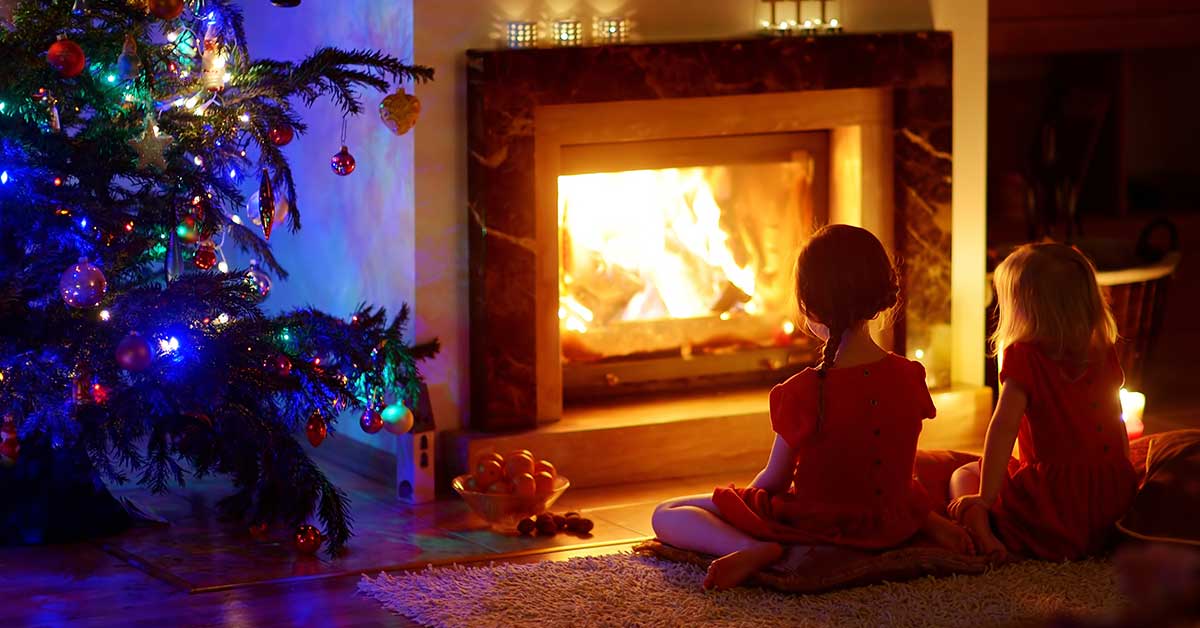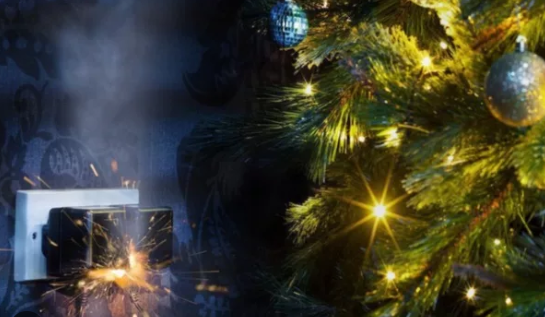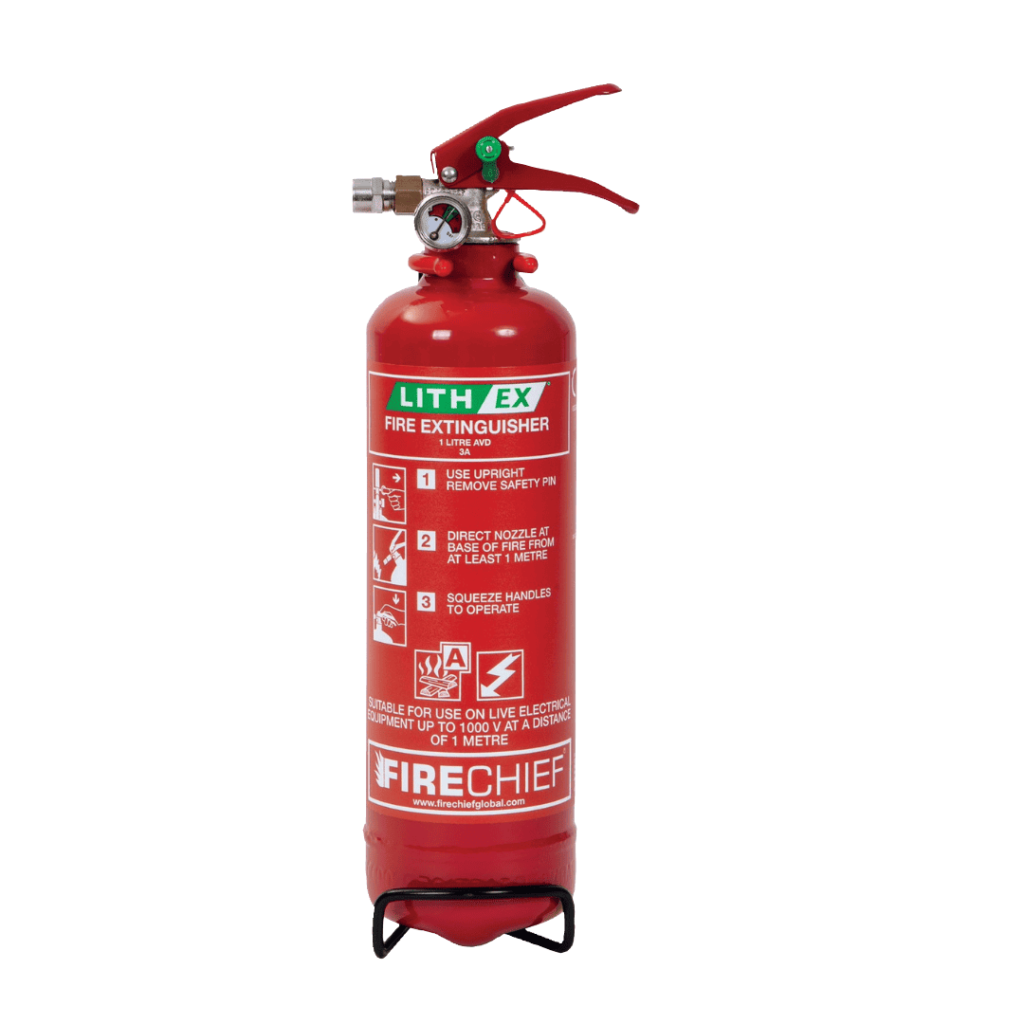The holiday season, with its festive spirit and joyous celebrations, unfortunately, brings with it an increased risk of fire hazards in the home. The importance of fire safety during these times cannot be overstated. As families gather to celebrate, the introduction of holiday decorations, festive lighting, and seasonal cooking greatly enhances the risk of fire incidents.
This introduction section will emphasize the need for heightened awareness and precaution during the holidays. We will also explore common fire hazards that are specific to the holiday season, such as overloaded electrical outlets, unattended candles, flammable decorations, and the risks associated with cooking large meals. By understanding these risks and taking proactive steps to mitigate them, we can ensure that the holiday season remains a time of joy and celebration, not marred by preventable accidents.

Decorating Safely
Choosing and Placing Holiday Decorations Wisely When decorating for the holidays, it’s essential to select decorations that are fire-resistant or non-flammable. Always check labels for fire safety standards. Be thoughtful about where you place decorations, especially around heat sources like fireplaces and heaters. Keeping decorations away from doorways and exits is also crucial for safe evacuation in case of an emergency.
Safe Use of Lights and Electrical Decor Holiday lights add a festive touch but require careful handling. Inspect light strings for frayed wires or damaged bulbs before use, and avoid overloading electrical outlets. It’s advisable to use lights that have been tested for safety, such as those with a UL (Underwriters Laboratories) mark. Always turn off holiday lights before going to bed or leaving the house.
Fire Safety in the Kitchen
Tips for Safe Holiday Cooking The kitchen is the heart of holiday meal preparations, but it’s also a hotspot for potential fires. Always stay in the kitchen while cooking, particularly when using the stove or oven. Keep flammable items like oven mitts, wooden utensils, and food packaging away from the stove. Also, ensure that your cooking appliances are clean to prevent grease buildup, which can be a fire hazard.
Preventing Kitchen Fires During Busy Festive Meals During the busy festive season, the risk of kitchen fires increases. To prevent this, practice safe cooking techniques like keeping a lid nearby to quickly smother small grease fires. Avoid wearing loose clothing that could catch fire over the stove. In case of an oven fire, turn off the heat and keep the oven door closed to contain the flames.

Candle and Fireplace Safety
Best Practices for Using Candles Decoratively Candles add a warm, festive glow to holiday celebrations, but they also pose a significant fire risk if not used carefully. To use candles decoratively and safely, it’s important to:
- Place candles on stable, heat-resistant surfaces away from drafts, curtains, and other flammable materials.
- Always keep burning candles within sight, and extinguish them before leaving the room or going to sleep.
- Consider using battery-operated flameless candles, especially in homes with children and pets.
Ensuring Safe Use of Fireplaces and Wood Stoves Fireplaces and wood stoves create a cozy holiday atmosphere but require careful handling:
- Have your fireplace or wood stove inspected and cleaned by a professional annually to prevent chimney fires.
- Use a protective screen to prevent sparks from flying into the room.
- Never burn wrapping paper, decorations, or dried out Christmas trees in the fireplace as these can ignite suddenly and burn intensely.
Christmas Tree Safety
Selecting, Placing, and Maintaining a Safe Christmas Tree A Christmas tree is often the centerpiece of holiday decor, yet it can be a fire hazard if not properly selected and maintained:
- Choose a fresh tree with green needles that do not fall off when touched, as dry trees are more likely to catch fire.
- Place your tree away from heat sources like fireplaces, radiators, and candles.
- Keep the tree base filled with water to prevent it from drying out and becoming more flammable.
Preventing Tree-Related Fire Hazards To minimize the fire risk from Christmas trees:
- Use lights that have the label of an independent testing laboratory and ensure they are in good condition.
- Turn off tree lights before leaving home or going to bed.
- After the holidays, dispose of the tree promptly as dried-out trees are a significant fire hazard.

Emergency Preparedness for the Holidays
Having a Fire Safety Plan for Gatherings With the increased likelihood of gatherings during the holiday season, having a fire safety plan is essential. This involves:
- Informing guests about the primary and secondary evacuation routes.
- Designating a safe meeting point outside the home.
- Assigning roles to adults for assisting children, elderly, or guests with mobility issues.
Equipping Your Home with Essential Safety Tools Ensure your home is equipped with fire safety tools, which include:
- Working smoke alarms in key areas, especially near the kitchen and sleeping quarters.
- Accessible fire extinguishers, and training household members in their use.
- Fire blankets in the kitchen for dealing with small fires.
Conclusion
-
Recap of Holiday Fire Safety Tips As we conclude, let’s recap the critical aspects of holiday fire safety: careful decoration, kitchen and cooking safety, vigilance with candles and fireplaces, Christmas tree precautions, and preparedness for emergencies.
-
The Role of Vigilance and Responsibility in Fire Prevention The holiday season’s joy and celebrations should not overshadow the importance of fire safety. Vigilance and a sense of responsibility towards fire prevention can ensure that the festivities remain safe and enjoyable for everyone. Remember, the best gift you can give your loved ones this season is the assurance of a safe and secure environment.

